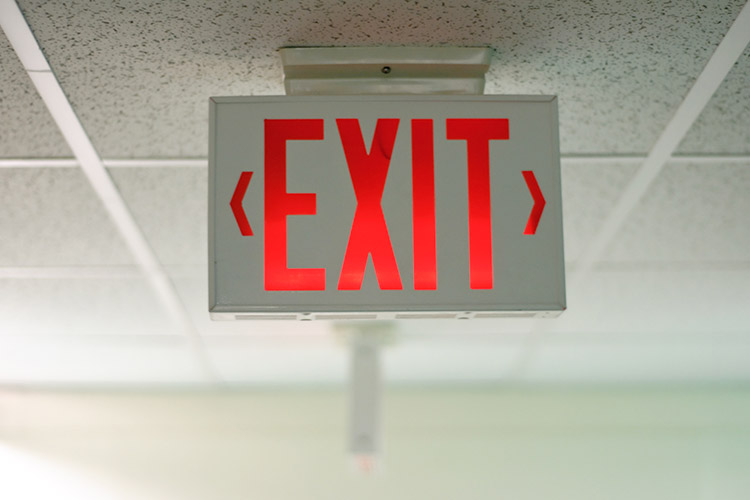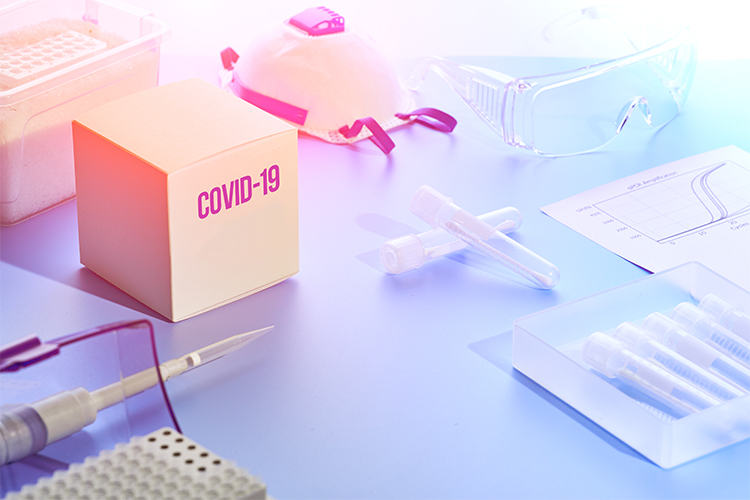Did you know you should be routinely testing your emergency lighting?
July 22, 2021
As the world rebounds from the pandemic one trend that has only accelerated is automation. COVID-19 forced companies to learn how to do more with fewer workers. In some cases, long tenured people didn’t return and now their replacements lack the historic knowledge of processes and requirements for their facilities or school campus. If you were promoted recently or started new facilities management jobs, this can include protocols that help protect the safety and health of buildings and comply with local codes.
One important yet easily missed practice is the routine testing and maintaining of emergency lighting systems. Not all municipalities enforce or inspect for emergency light testing so awareness is low if the fire marshal, OSHA inspector or other jurisdictional authority hasn’t paid you a visit with an inspection. As a new facilities manager or school district building and grounds administrator, you may be more focused on infrastructure concerns like maintaining roofs and gymnasiums.
Life Safety Code
One resource all new facility managers should familiarize themselves with is Life Safety Code, published by the National Fire Protection Association. Originating in 1913, it is widely adopted across the United States and is systematically revised on a three-year cycle.
Life Safety Code is enforced by local governments and safety professionals in all 50 states. However, despite being called a “code,” this standard is not actually legal statute. Instead, it serves as a template or basis for state and local municipalities to use as laws or regulations.
Its use in legislation grew after a series of disastrous fires in the 1940s, including the Cocoanut Grove Nightclub fire in Boston, where 492 fatalities occured after decorations ignited in the over-capacity club and blocked emergency exits prevented easy escape.
Life Safety Code directly influences safety in both new and existing buildings by defining the equipment, tolerances, clearances, conditions, systems and methods that must be followed by building operators. Emergency lighting and exit signage is one example of that equipment. Emergency lighting systems help people quickly find ways out of a building when power has been interrupted.
Life Safety Code explains the testing and maintenance requirements for emergency lighting systems. Specifically, building owners must test emergency light devices for 30 seconds once every 30 days, and for 90 minutes every year. Failures must be documented, and then corrective action must be taken. Historically, compliance testing, documenting and repairing have been done by people.
Staying compliant with technology
Life Safety Code also allows for technology-based emergency light systems to automatically perform the 30-day and yearly compliance testing and reporting.
EMC’s Emergency Light Tester (ELT) is one such technology that meets Life Safety Code regulations. This computer based, self-testing and self-diagnostic tool helps organizations with emergency light Life Safety Code compliance. The ELT retrofits into almost all emergency light fixtures and signs, self-performs Life Safety Code testing, and creates a report of each test performed.
The ELT takes people off ladders and provides streamlined reporting, allowing you to automate and simplify a process that may have taken days or weeks for their predecessors to accomplish.
For more information about how the ELT could work for your campus or facilities, contact EMC today.
Aakash Chandarana is EMC’s GM, IoT Solutions. His team helps customers realize the value of their existing investments and understand, navigate and implement smart building and IoT technologies. Previously, Chandarana was Vice President of Commercial and Industrial Customer Solutions at Xcel Energy where he was responsible for developing, implementing and managing products and services, including energy efficiency initiatives for medium to large business customers. He holds degrees in business management and biology as well as a law degree from Washington University in St. Louis, Missouri.


